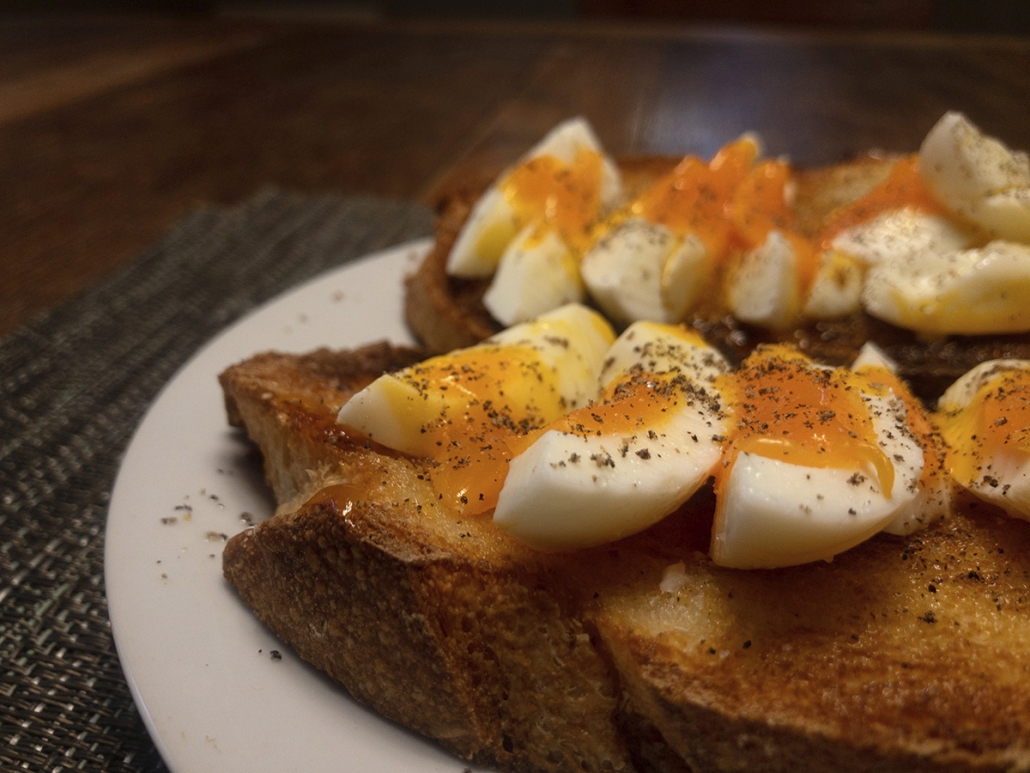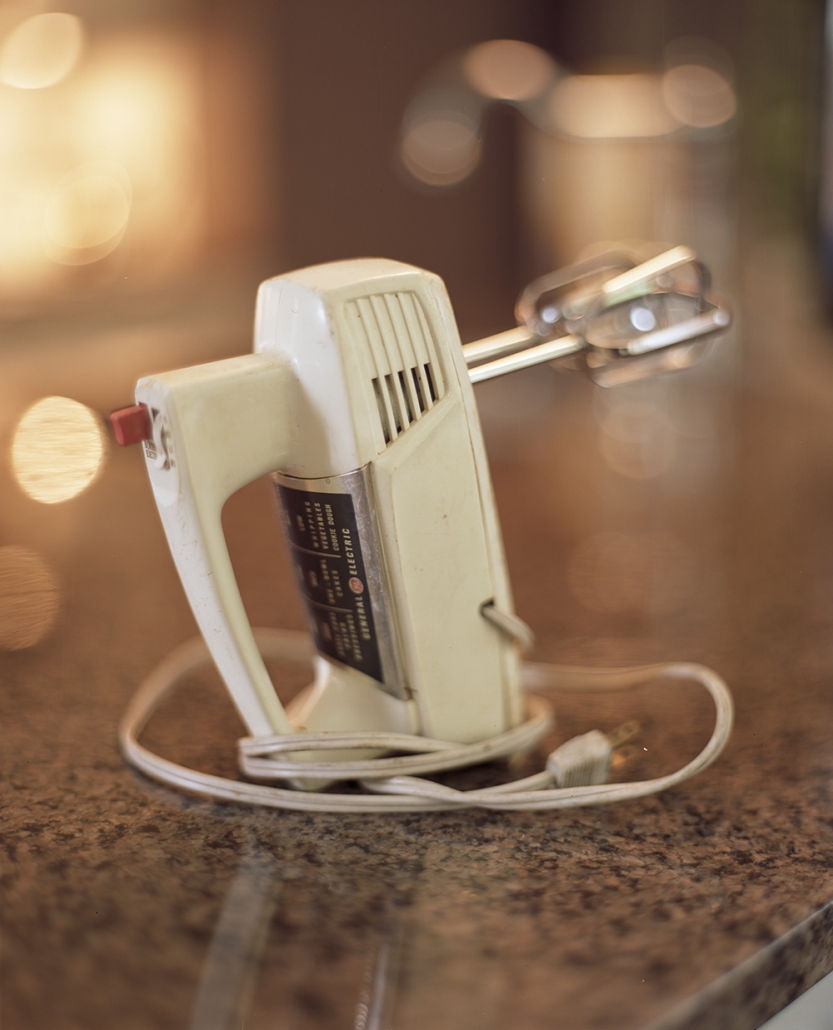
Yes.
Now that is out of the way, now that we are done with the dinner, I think some musing on Thanksgiving are in order. Not the existential commentary on what we’re thankful for (healthfamilykidslife) but more musing on the zeitgeist of producing a turkey dinner and just how much suffering has to go into the creation of it.
In Canada we generally have two yearly occasions for turkey: Thanksgiving and Christmas. It feels like I have had more than my share of turkeys and several of those I have made myself. In fact, one Thanksgiving about 15 years ago we had 3 turkey dinners in 3 days – none of which I had to cook. Thereafter it was known as the tri-turkey weekend and we promised ourselves (that is, my wife and I) we would never do it again. Mae West might have been on to something but when it comes to turkey you can have too much. The Thanksgiving following the tri-turkey weekend we spent at a beach apartment in Tofino on Vancouver Island – one of the most amazing places on this planet. It remains one of the most magical Thanksgivings we have ever had. Oh, I boiled up some crab for dinner that year. It was epic.
This year my folks could finally come for dinner and we had them over along with my nephew who is studying nearby. They joined my family – my older daughter was back from university for the weekend. Plus the dog, of course. Her counter-surfing is shameless but rather impressive in its effectiveness.
I digress. We did the turkey in the oven following the recipe out of The Best Recipe cookbook. Ditto on the gravy and the stuffing. The brussels sprouts were a recipe from Nightingale Restaurant here in Vancouver (roasted, with concord grapes) and the squash was from the cookbook Nopi, by Yotam Ottolenghi. Mashed potatoes were done by the spud-master himself, my father. My kids snickered (actually snickered. It was audible) when I suggested I could mash the potatoes. Apparently there were plans in place to stage a coup if I reached for the potato masher. That’s the thanks you get for being in the kitchen all day. Cranberry sauce was the recipe from The Silver Palate Cookbook.
Everything was… Perfect. Well, the bird was cooked about an hour too early but a large metal mixing bowl and a beach towel took care of that issue. It rested. For quite some time. I also scorched the bread for the stuffing (I don’t stuff the bird – you get a better tasting turkey when it isn’t stuffed). That required a bit of fancy footwork, but we avoided catastrophe. (Lucky). Besides, what were the guests going to do? Not pay the bill? Put a negative review on Yelp? Feel free.
It got me thinking, as these things sometimes do, about festive meals gone by and how they seem to have an importance much more than what one might find at a non-festive meal. It isn’t Christmas time yet, so I don’t want to get too carried away about how challenging Christmas can be, but for Thanksgiving (and we’re talking Canadian Thanksgiving – a lite version of the American holiday, for sure) it’s rather interesting.
How important is authenticity? What I mean by that is how important is it for things to be from scratch and to be from the hand of the chef? My mother often talks about how great it would be to order everything from Whole Foods and have it delivered, ready to eat. But then in her defence she has done more than her fair share of turkey dinners and many of the early ones for her involved intoxicated family members arguing vehemently over the design of the flag (the Maple Leaf, that is) or whether or not the Prime Minister was a communist.
Can you imagine trying to put the dinner on the table in that household? And would you get any thanks for it afterwards? I somehow doubt it. Any food item would suffice in those circumstances.
Thankfully sober heads prevail these days and I can cook with relative abandon.
This year’s choice of pie, though, got me thinking. What happened is that Rosa, who cuts my wife’s hair and who has excellent taste in fine food, suggested that a local chain restaurant not known to me for their pumpkin pies had fantastic pumpkin pie. Worthy of buying and serving to guests and close family, no less.
And it was excellent. The turkey was fabulous as well, even if it wasn’t organic. Still cost $85, though.
But to what end must one go for the perfect mashed potatoes? Or the perfect brussels sprouts? (full disclosure, I like brussels but they do need to be roasted to near-oblivion and a good dose of bacon never hurt).
If it is about the family and if I’m fairly certain the reviews will be good regardless of the level of ingredients then perhaps it’s not out of the question to buy the pie once in a while. Or to just bake the damn brussels and be done with them.
But I draw the line at a processed turkey, pre-stuffed and cooked from frozen. That’s heresy. My mother-in-law had one a couple of years ago. I don’t know what got into her. Perhaps she has tired of the unending work involved in getting a Thanksgiving dinner on the table. She is 80, after all.
And now I must grudgingly admit that the turkey was amazing. Must have been the hand of the chef. It’s the only possible explaination.
S
c





